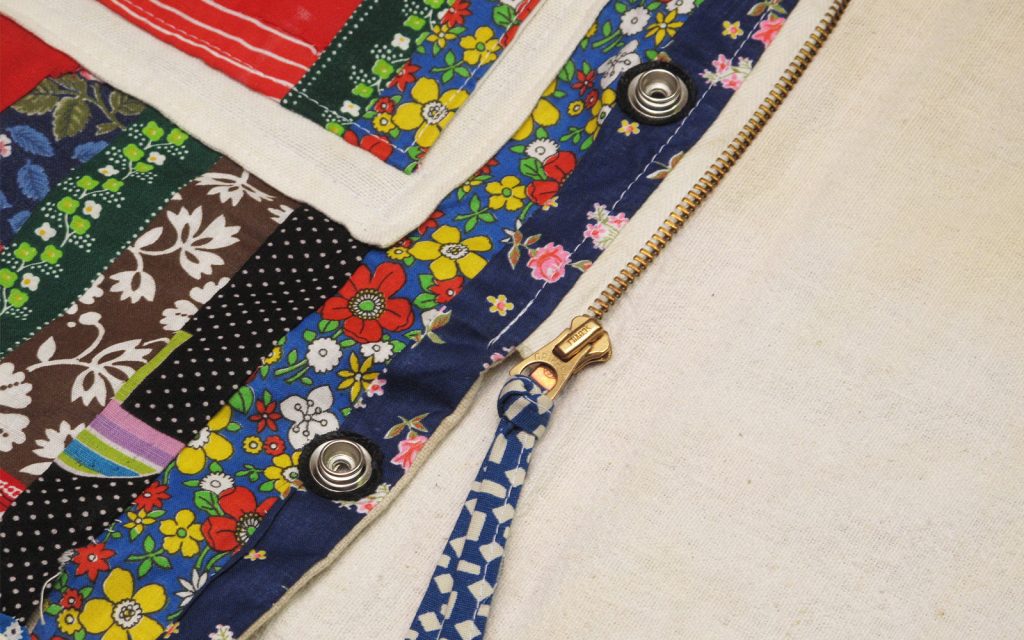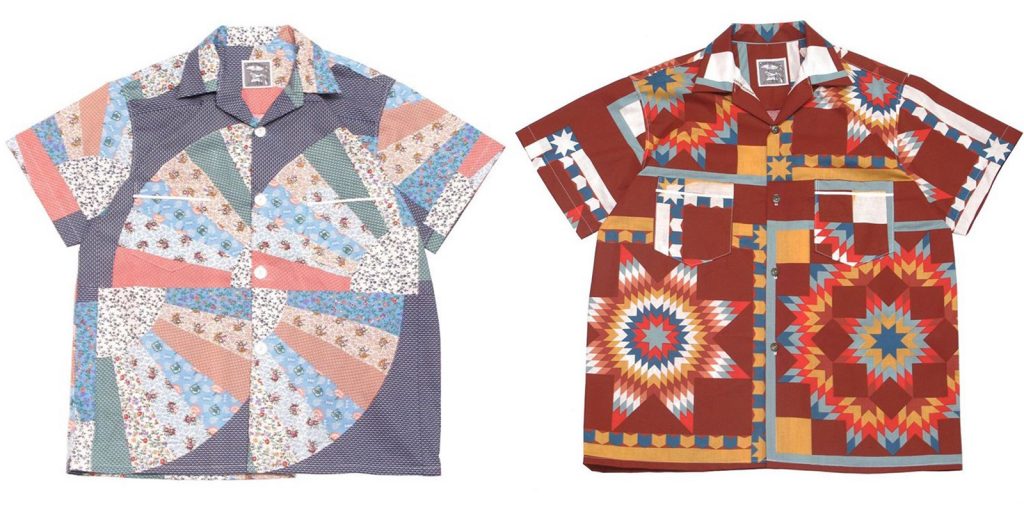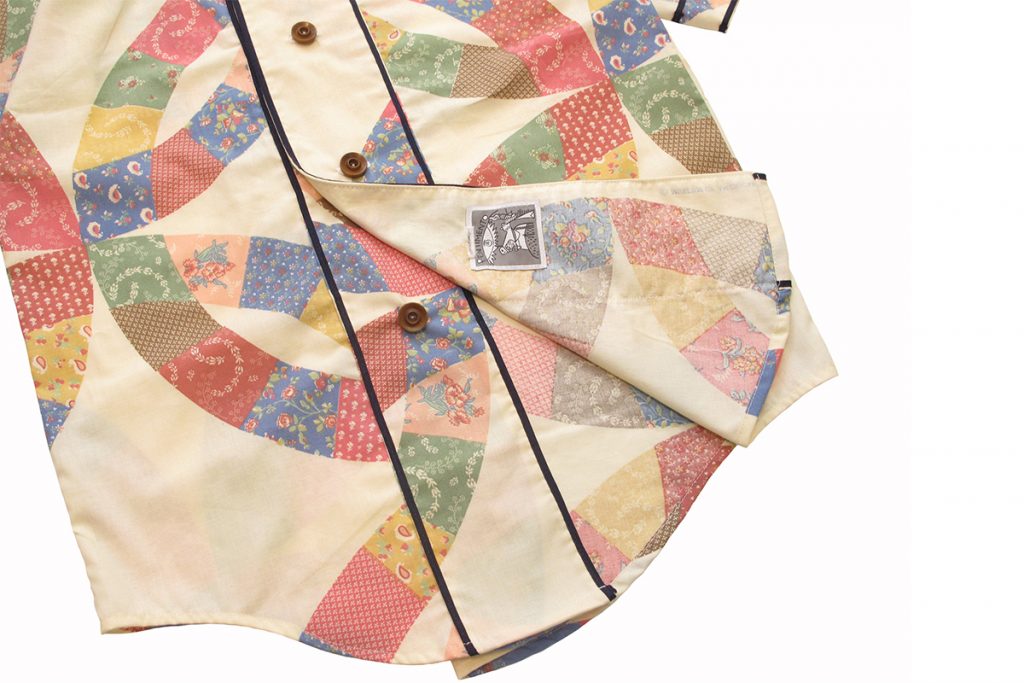Pentimento’s Shirting From Scraps of Fabric
Atlanta designer Timothy Haught scavenges yard and sample sales for inspiration and resources

In the fashion industry, touting sustainability is commonplace now. But, many brands still lag behind—using virgin fabrics, harmful dying processes and wasting unsold items. For Atlanta-based designer Timothy Haught, the craftsman behind the brand Pentimento, using “pre-existing objects—either deadstock fabric, textiles like blankets, curtains, quilts or stuff that has already been clothing,” is his preferred resource. Not only do the rare fabrics and pre-existing garments afford him ample, and recycled, materials for his own designs but they deliver inspiration, too.

“Stuff is just sourced anywhere I find it,” Haught tells CH. “Thrift stores, flea markets, estate sales. Friends bring me stuff. My mom finds stuff for me. Just any kind of textile I think could be interesting.” Inside his Atlanta workshop, Haught deconstructs everything he acquires and surveys his supply. “[I’m] just a fan of clothing and how things are made and learning. So I usually just take things apart to understand why they went together the way they did,” he adds.

For fans of the brand, the best place to peruse his designs are on his Instagram. There, ideations populate the feed almost weekly. This past week, shirts made from deadstock fabrics commissioned by the American Folk Art Museum (formerly the Museum of American Folk Art) appeared—and showed what a cohesive collection could look like for Haught. Otherwise, his most recent releases include a camp shirt cut from cartoon-themed bed sheets, produce-adorned pants made from tablecloths and a “jungle shirt” crafted from raw silk.

Haught subverts the sometimes-held notion that vintage items are of lesser quality—in fact, proving shoppers otherwise is one of his primary goals. He painstakingly taught himself to craft stylish silhouettes using oftentimes rare fabrics that were once highly sought-after. “It requires years of use for a jacket to be worn in and worn out. It requires decades for fabrics in the bottoms of piles in the back of fabric stores to become the last yard while the rest was sold and cut and sewn,” Haught explains. “These years and decades of waiting are the extensive production process. They have infused these materials with a rarity and beauty that cannot be reproduced.” All of this is evident in his final product.
Images courtesy of Pentimento












